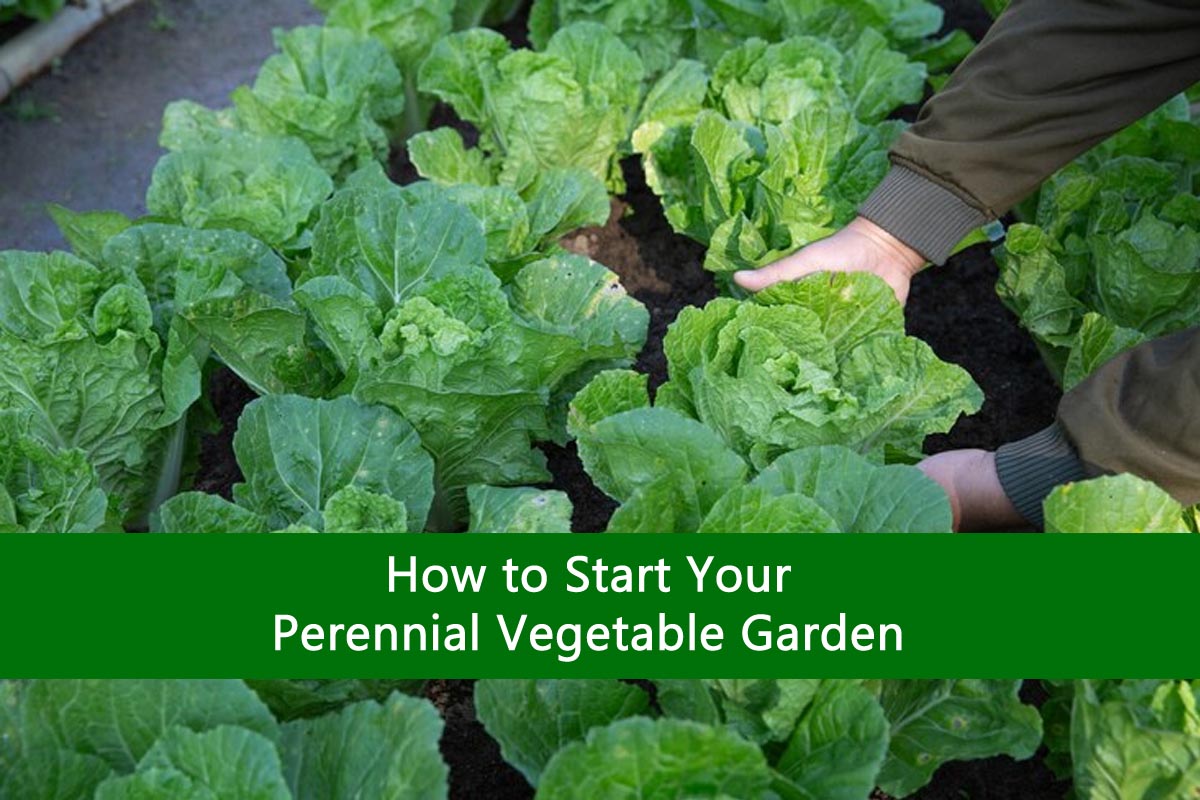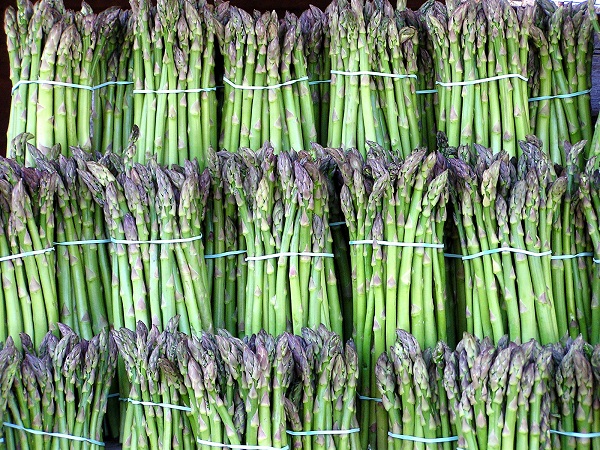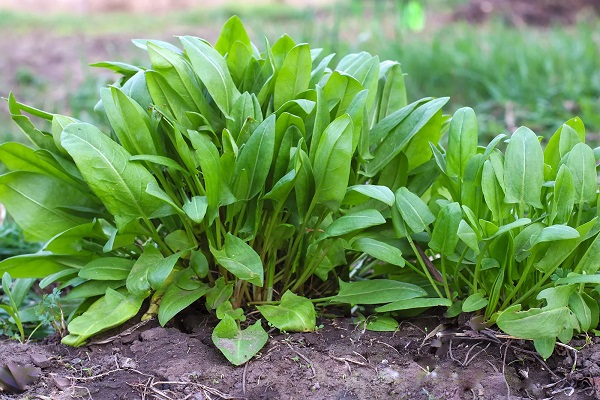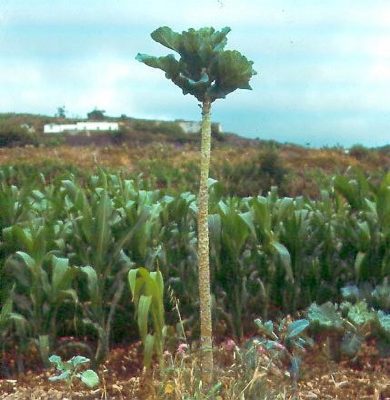
How to Start Your Perennial Vegetable Garden
Do you dream of enjoying a bountiful harvest of fresh vegetables year after year with minimal effort? Starting a perennial vegetable garden can turn this dream into a reality. Perennial vegetables are a fantastic addition to your garden, offering sustainability and ease of maintenance. In this blog, we’ll tell the reader how to start your perennial vegetable garden, 10 Easy-to-Grow Perennial Vegetable Plants and Perennial vs. Annual Vegetables: Pros and Cons, whether you’re a seasoned gardener or a complete beginner.
How to Start Your Perennial Vegetable Garden
Step 1: Choose the Right Location
The success of your perennial vegetable garden largely depends on the location you choose. Perennials are plants that return year after year, so select a spot that receives adequate sunlight and has well-draining soil. Most perennial vegetables prefer full sun, which means at least 6-8 hours of direct sunlight daily. Ensure your chosen area is also easily accessible for watering and maintenance.
Also Read This : Ants in Your Planters? Try These Quick and Effective Solutions!
Step 2: Research Suitable Perennial Vegetables
Before planting, research and choose the suitable perennial vegetables for your garden. Some popular options include asparagus, rhubarb, artichokes, and particular perennial onions. Consider your climate, as not all perennial vegetables thrive in all regions. Research the specific growing requirements of each vegetable to ensure they’ll flourish in your chosen location.
Step 3: Prepare the Soil
Healthy soil is the foundation of a successful perennial vegetable garden. Perform a soil test to determine its pH and nutrient levels. Most perennial vegetables prefer slightly acidic to neutral soil. You may need to amend the soil by adding compost, organic matter, or lime to adjust the pH level.
Also Read This : How to Identify and Control Pests on Cacti
Step 4: Plant Your Perennial Vegetables
Once you’ve chosen your perennial vegetables and prepared the soil, it’s time to plant. Each vegetable may have specific planting instructions, so follow them. Remember that some perennial vegetables, like asparagus, will take a couple of years to establish before you can start harvesting. Patience is critical with perennials, as they reward you with long-term yields.
Step 5: Mulch and Water
Add organic mulch around your perennial vegetables to conserve moisture, suppress weeds, and maintain consistent soil temperatures. Regular watering is crucial, especially during dry spells, but be mindful not to overwater, as perennial vegetables often prefer well-draining soil.
Also Read This : Engaging and Fun Gardening Activities to Inspire Creativity in Kids
Step 6: Pruning and Maintenance
Perennial vegetables require less maintenance than their annual counterparts but still benefit from regular care. Some may need pruning or dividing to maintain their health and productivity. Stay vigilant for pests and diseases and address them promptly to ensure your plants remain robust.
Step 7: Harvest and Enjoy
After the initial establishment period, your perennial vegetable garden will provide you with a reliable source of fresh produce year after year. Harvest your vegetables at their peak ripeness, and savour the flavours of your homegrown, sustainable garden.
10 Easy-to-Grow Perennial Vegetable Plants
Are you looking to make your gardening experience less demanding while reaping the rewards year after year? Perennial vegetable plants are the perfect solution. Unlike their annual counterparts, perennial vegetables come back season after season with minimal effort, making them a fantastic addition to any garden. This blog will introduce you to 10 easy-to-grow perennial vegetable plants that will grace your garden with delicious produce for years.
Also Read This : Utilizing Coffee Grounds to Boost Plant Growth
Asparagus (Asparagus officinalis)
Asparagus is a classic perennial vegetable known for its tender spears. Plant the crowns in well-draining soil, and you’ll enjoy fresh asparagus for decades. It requires minimal maintenance once established.

Rhubarb (Rheum rhabarbarum)
Rhubarb is easy to grow and incredibly versatile in the kitchen. Plant rhubarb crowns in a sunny location with well-drained soil, and they’ll return for desserts, pies, and jams.

Artichoke (Cynara cardunculus)
Artichokes produce large, beautiful, edible flower buds. They thrive in sunny locations with well-draining soil. While they may take a year to establish, they require little care afterwards.

Also Read This : Discover the Symbolism Behind 11 Orchid Colors
Horseradish (Armoracia rusticana)
Horseradish is a hardy perennial with spicy roots perfect for making sauces. Once you plant it in well-draining soil, it’s nearly maintenance-free and will multiply over time.

Egyptian Walking Onion (Allium x proliferum)
This unique onion variety is a great conversation starter in your garden. It reproduces by forming bulbils on the tops of its green stalks. Once planted, it keeps coming back, walking around your garden.

French Sorrel (Rumex scutatus)
French sorrel is a lemon-flavoured perennial green that’s a breeze to grow. It’s perfect for salads and soups, and it’s disease-resistant.

Also Read This : Which Fruits Can Help Control Blood Sugar Levels ?
Lovage (Levisticum officinale)
Lovage is a perennial herb that tastes like a mix of celery and parsley. Plant it in well-draining soil in a sunny location, and it’ll provide you with flavorful leaves for years.

Good King Henry (Chenopodium bonus-Henricus)
This often-overlooked perennial green is similar to spinach and incredibly hardy. Plant it once, and it’ll provide delicious greens every year.

Walking Stick Cabbage (Brassica oleracea)
This cabbage variety produces walking sticks that you can eat. Plant it in well-draining soil in a sunny spot, and it will continue to grow for years.

Jerusalem Artichoke (Helianthus tuberosus)
Jerusalem artichokes, also known as sunchokes, produce tasty tubers. They thrive and require little care once established in well-drained soil.

Also Read This : How to make potting mix for your plants
Perennial vs. Annual Vegetables: Pros and Cons
Gardening is a rewarding endeavour that allows you to connect with nature, savour fresh produce, and take pride in nurturing a thriving garden. Whether you’re a seasoned gardener or just starting, one crucial decision is growing perennial or annual vegetables. In this blog, we’ll explore the pros and cons of perennial and annual vegetables, helping you make an informed choice that suits your garden and lifestyle.
Perennial Vegetables: The Perks and Pitfalls
Pros:
Sustainability: Perennial vegetables are plants that come back year after year. Once established, they offer a consistent source of food without the need for replanting.
Low Maintenance: Perennials often require less maintenance than annuals. They’re hardy, established plants that can tolerate some neglect.
Also Read This : Growing Petunias: Tips for Starting from Seeds, Cuttings, and Purchased Plants
Long-Term Yield: With patience, perennials provide you with long-term yields. Plants like asparagus and rhubarb can keep producing for decades.
Soil Health: The continuous growth of perennials can improve soil health by preventing erosion and enhancing soil structure.
Cons:
Slow Start: Perennial vegetables may take a few years to establish before you can harvest a significant yield. Initial patience is required.
Space: Some perennial vegetables, like rhubarb, can occupy considerable space. Make sure you have enough room for them in your garden.
Also Read This : Boost Your Blood Flow with These 10 Delicious Fruits
Limited Variety: Perennial vegetable choices are more limited than annuals. You won’t find perennial tomatoes or cucumbers, for example.
Soil Preparation: Proper soil preparation is essential, and amending your soil to meet their requirements can be a bit of work initially.
Annual Vegetables: The Advantages and Drawbacks
Pros:
Quick Harvest: Annuals grow, produce, and yield crops within one growing season. You can enjoy more immediate results.
Variety: The world of annual vegetables is incredibly diverse, with numerous options, from tomatoes to peppers, corn, and squash.
Flexible Planning: You can change your garden layout and crop selection every year, adapting to your preferences or crop rotation needs.
Intensive Yield: Annuals can provide a concentrated yield within a shorter timeframe, ideal for those who want to preserve or enjoy their harvest all at once.
Cons:
Regular Planting: You’ll need to replant your annual vegetables every growing season, which can be time-consuming and costly.
Maintenance: Annuals typically require more attention, including regular watering, fertilizing, and protection from pests and diseases.
Soil Health: Frequent tilling and replanting can disrupt soil health and structure.
Environmental Impact: The resources required for annual gardening, such as water and fertilizer, can have a higher ecological footprint.
Starting a perennial vegetable garden is a rewarding endeavour. With the right location, soil preparation, and proper care, you can enjoy a continuous supply of fresh, homegrown vegetables with minimal effort. Take the plunge and start your perennial vegetable garden today. It’s a step toward sustainable gardening and a healthier, more self-sufficient lifestyle. Happy gardening!
Also Read This : Rare Neelakurinji Flowers Bloom Once Every 12 Years




